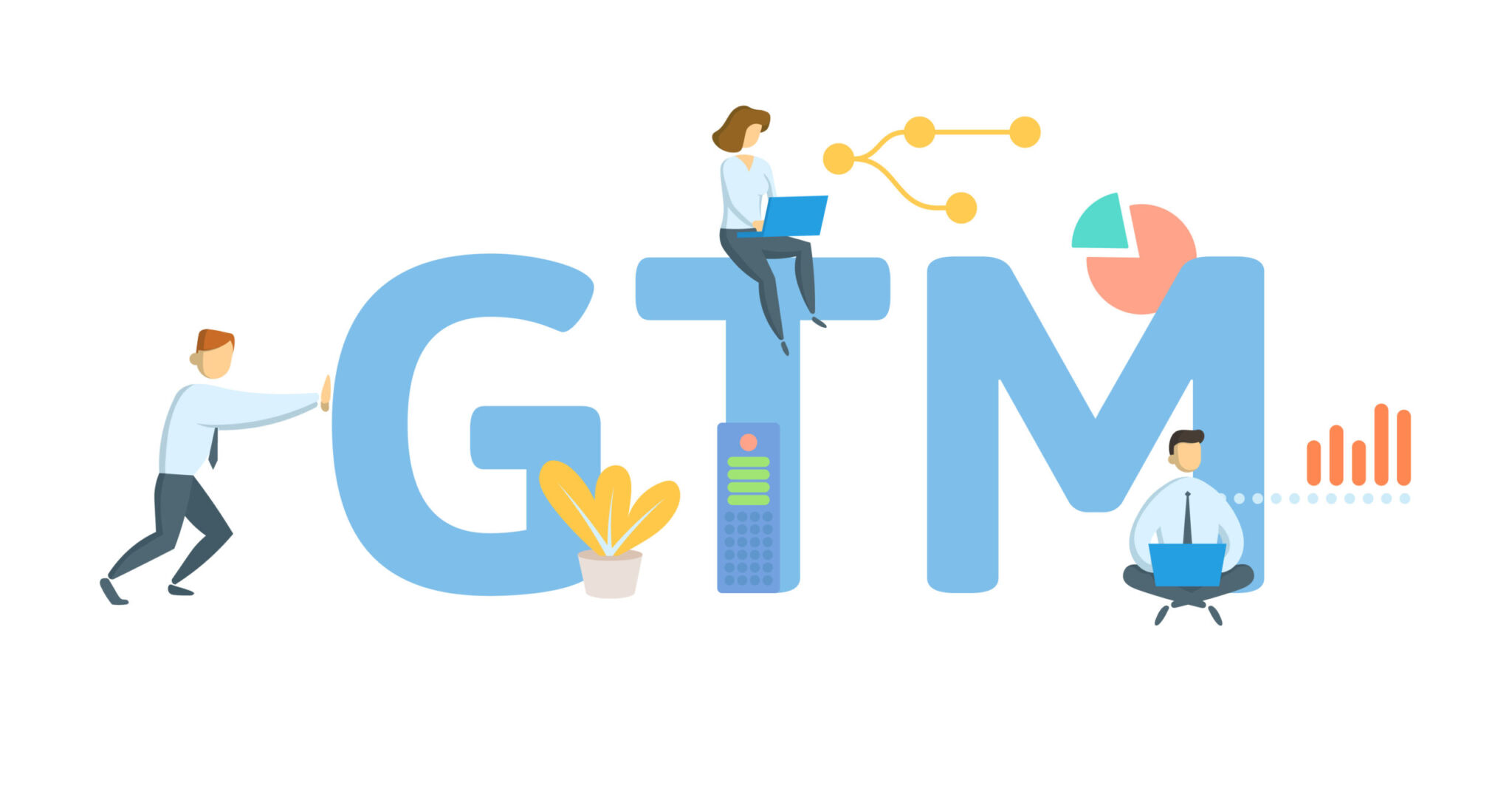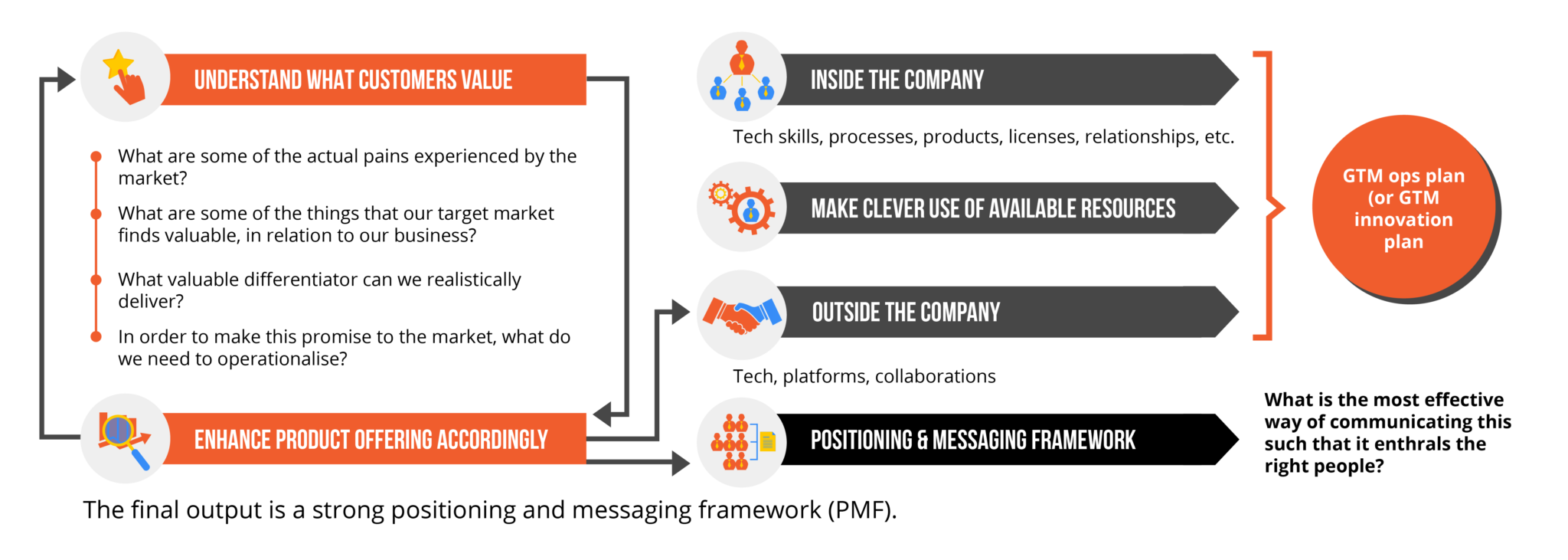
After a product (or service) is created, it needs to be commercialised. This step is called the “go-to-market” or GTM. For the product to sell, it must be correctly priced, it must be sold somewhere, and it must be placed in the hands of the customer. Each of these steps is covered by the product’s GTM plan.
Consider a simple product like a pair of sneakers. It could be sold in a very convenient way, possibly even delivered to the home of the buyer. Alternatively, the same pair of sneakers could be taken to market in a less accessible way. It could be sold in a far-away store that stocks only one pair at any time. Although the product is the same, the inconvenience in the latter scenario would keep it from being successfully adopted. Thus, a product’s success is determined by its GTM.

“Traditional GTM innovation” refers to the act of being extremely creative when deciding how to market a product. It calls for maximising efficiency by simplifying the customer experience. It also demands ingenious use of all available resources.
Modern technology has become a vital enabler of creative GTM innovation. It makes many things possible that would otherwise be inconceivable. It allows us to entirely reimagine the juncture between the seller and the customer.
GTM digitalisation means reinventing a product’s GTM using technology. This ensures that the product is taken to market in a convenient and efficient way. To create an effective GTM digitalisation plan, one must have a strong understanding of modern technologies. For example, a single software application can make a major difference in the way a customer orders and receives a product. Knowing how different layers of the enterprise software stack collaborate better positions the user to leverage technology to innovate a product’s GTM.
Some of the best examples of GTM digitalisation today include Uber and Airbnb. Interestingly, they do zero product development or management. They focus entirely on GTM digitalisation taking existing products to customers in an efficient, customer-oriented, and structured way. These examples show the striking impact of effective GTM digitalisation, even on the adoption of old, legacy products.
GTM digitalisation falls under product marketing. Unfortunately, the product marketing field is reasonably new and demands an extensive skill set. It covers market research, project management, positioning, messaging, marketing, creativity, and more. While not impossible, adding digital design and enterprise architecture to the mix is a stretch for the typical product marketer.
For this reason, the vital step of GTM digitalisation is often skipped in most companies. This is a shame because not addressing GTM digitalisation stifles a world of possibility.

Thus, small companies can outdo their larger competitors by being smart about their GTM. By leveraging the power of easily accessible digital platforms, they can bring value to their chosen markets at a reasonable cost. The trick is knowing what value to offer. It would be pointless to set up a sophisticated digital operation to deliver something that is of no value to the target market.
Now, consider those sneakers again. If the creators build a GTM aimed at teenagers, they could reach them via Tik Tok, on small device form factors. They might also want to create a fun, in-app way to place orders.
If the creators target the elderly, they could set up “Tupperware parties” at retirement villages. They could equip freelance field agents with digital sizing and ordering tools and have them host these parties. The field agent would scan feet, send detailed dimensions to the manufacturer, and receive payment, all via the app. Upon receipt of the order, the desired pair of sneakers would be dispatched to the recipient at that retirement village
Both GTMs are enabled by digital platforms but each focuses squarely on what its market deems valuable.
The following is an explanation of the digitalisation of a GTM:

GTM digitalisation primarily consists of outdoing the competition by creating a unique selling proposition or USP. It could even be said that the only reason to reimagine a GTM is to increase sales conversions. The GTM is designed to reaffirm a powerful positioning statement. A product is truly compelling only when it can confidently convey a valuable differentiator.
Edited and published by Valmae Maple

